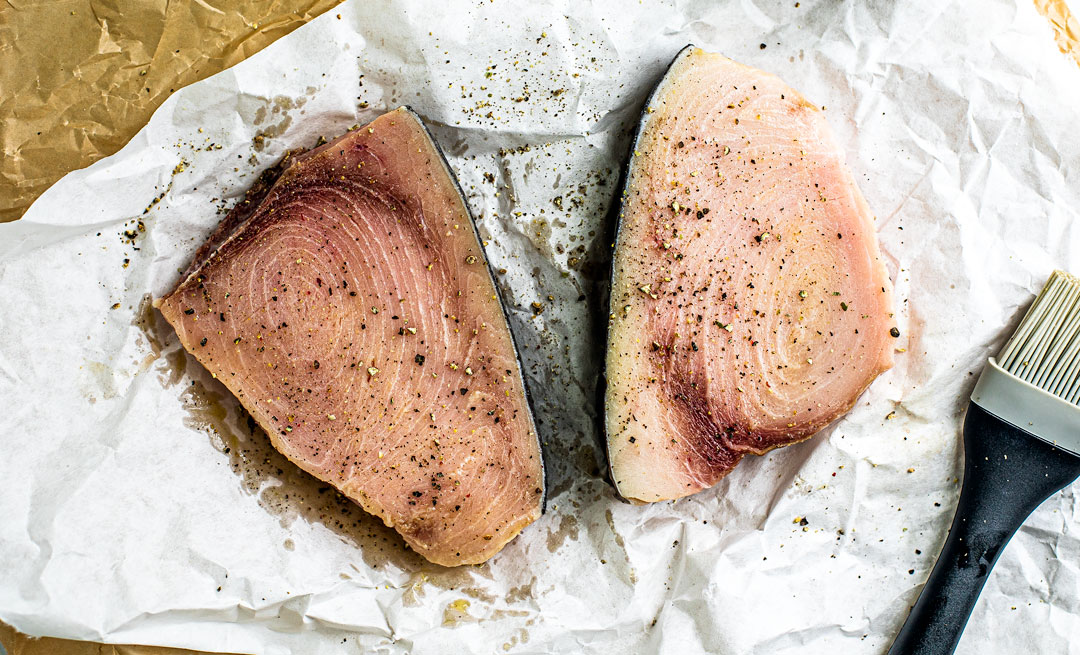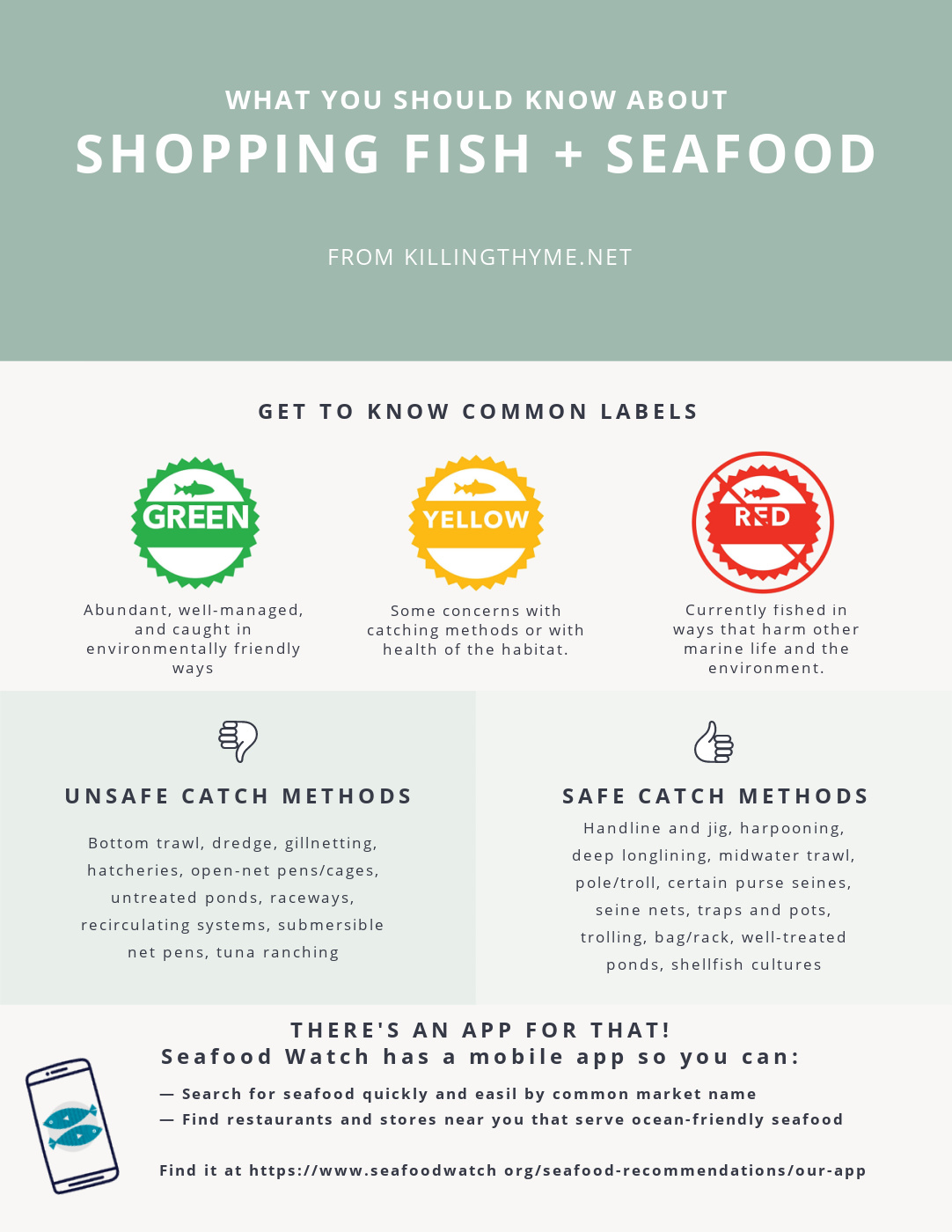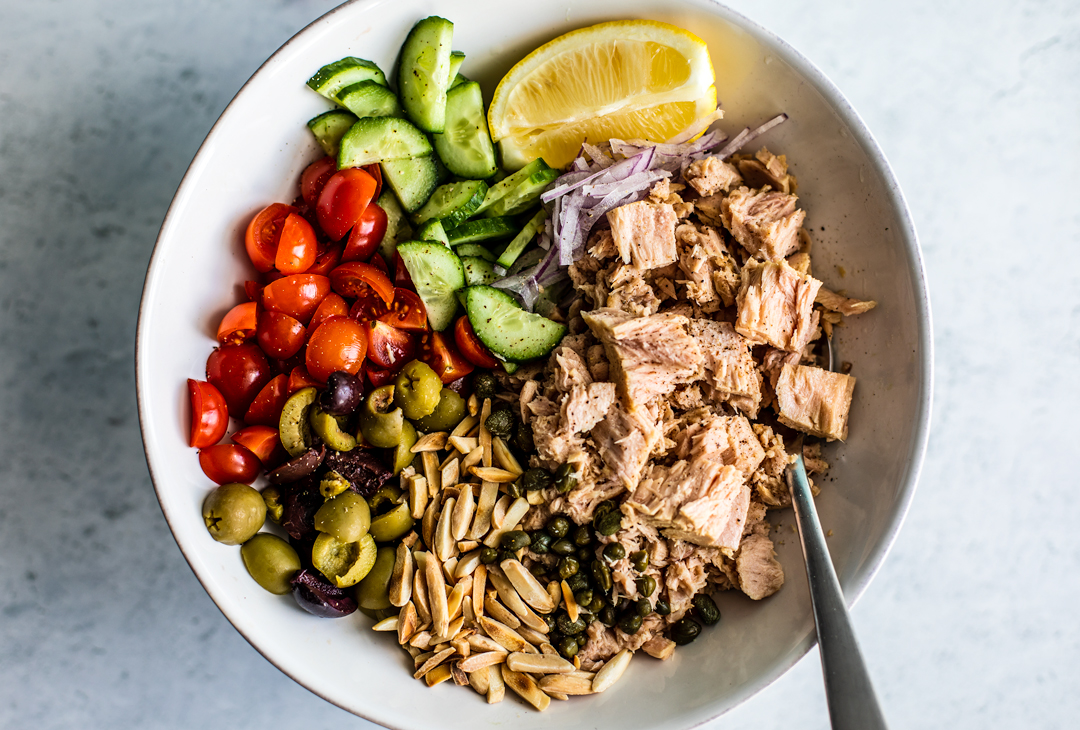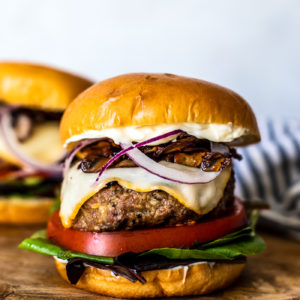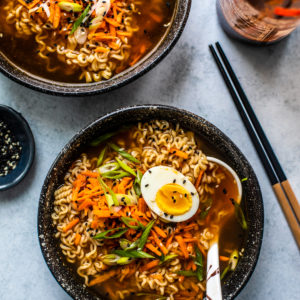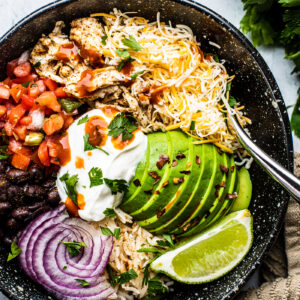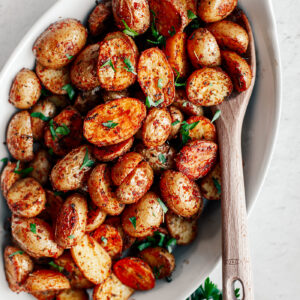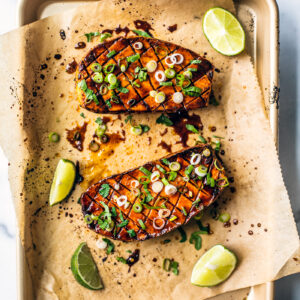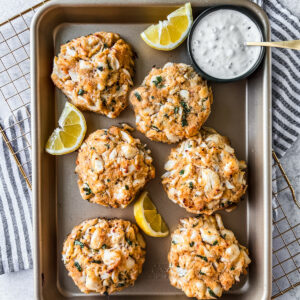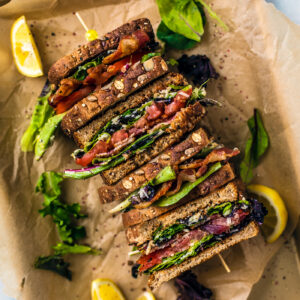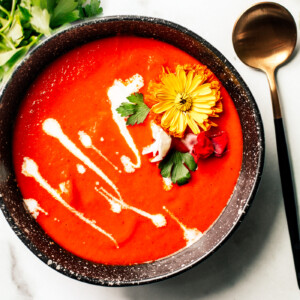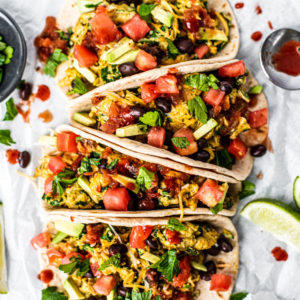Fish and Seafood Guide
This Fish and Seafood guide offers tips on shopping for seafood and how to cook it.
Are you new to cooking seafood?
A lot of people are aiming to add more seafood to their diet—fish in particular. It’s a lean heart-healthy option and it’s full of important vitamins and nutrients, like omega-3 fatty acids. But if you’re unfamiliar with buying and cooking fish, and other seafood, it can be a challenge. Trust me, I’ve overcooked fish before; it isn’t appetizing! But after spending a few years eating a pescatarian diet, I learned a lot about how to properly buy, prepare, and cook fish and seafood.
Beginner’s Guide to Bringing More Fish and Seafood Into Your Life
My goal with this guide is to help you bring more of these healthy proteins to your table with ease. Here, you’ll find information on:
- How to shop for seafood
- Why sustainable fish and seafood is so important
- Cooking tips and techniques
- The pescatarian lifestyle
- A pescatarian meal plan (coming soon)
How to shop for sustainable seafood.
- Load up a state-specific consumer guide. This consumer guide will help you check the rating of popular seafood items when you’re shopping or dining.
- Download the free Seafood Watch App. You can literally have information right at your fingertips. By downloading this app you’ll get up-to-date seafood recommendations; you can search for seafood quickly and easily by common market names, and find nearby restaurants and stores that offer ocean-friendly seafood. (If you’re in Canada, use SeaChoice.)
- Become familiar with fishing and farming methods. Some markets label their fish with where it was caught and how. This allows you to make a good choice on your own. Here are some fishing and farming methods you should know about.
- Check for labels next to fish. Some stores are transparent and have it all in plain sight. Some fish are labelled as certified by the Marine Stewardship Council (MSC) (look for the certified blue fish logo!) while others are labelled with ratings of green (best choice) or yellow (good alternative). Though red (avoid) is an existing label, I’ve never seen a grocer who prides themselves on sustainability carry fish on the ‘avoid’ list. Sometimes you’ll see a label that discloses where the fish was caught and the method that was used. This is when familiarity with fishing and farming methods is useful.
- Talk to your fishmonger. If the fish isn’t labelled, ask the fishmonger where the fish is from and how it was caught.
Canned fish matters, too!
- Know your canned tuna. Though there are sustainable varieties out there, many brands support destructive fishing practices.
- Opt for sardines and mackerel. Sardines and mackerel are inexpensive, sustainable, healthy, versatile, and delicious. You also don’t have to worry about mercury content with these two options, and they’re often canned in infused oils or sauces to make things extra tasty; consider swapping your tuna for this good stuff!
- Read canned salmon labels. Alaskan pink salmon, sockeye, or red salmon is what you’re looking for. The Alaskan salmon fishery is one of the most well-managed, safe, and sustainable fisheries in the world.
- Avoid crabs from Asian fisheries. One of the healthiest crab fisheries lies in North America, notably the West coast. Look for trap-caught Dungeness crab from Canada, Washington, California, and Oregon. The crab and fishing industries in Asia are hardly regulated. They use trawl methods and gillnets which lead to devastating bycatch. Avoid anything that is labelled as “swimmer crab”, “swimming crab”, “blue swimmer crab”, “jumbo lump crab”, or “backfin lump crab”.
- Canned shrimp is a major offender. Look for shrimp harvested in the US form the West Coast or Alaska. Most shrimp that are labelled as “tiny pink shrimp” or “salad shrimp” are products from the US and are considered okay. Read the fine print and if the country of origin isn’t disclosed, avoid it.
- Anchovies, clams, and oysters are safe. Anchovies and bivalves like clams and oysters are usually safe. They have much less impact on the environment due to their high rates of productivity and low rank on the marine food chain.
Why is sustainability important?
When it comes to the health of our oceans and the welfare of the laborers who bring seafood to our plates, responsible consumerism is critical. Here’s why:
- Population. The populations of sharks, tuna, and swordfish have decreased by approx. 90 per cent over the last 50 years. This is due to overfishing and destructive fishing methods.
- Bycatch. This is a result of destructive fishing equipment and negligent fishing methods. Bycatch—usually dolphins, sea turtles, and sharks—get caught in this equipment and become victims. Though unintentional, once the bycatch is noticed, it’s already injured, dying, or dead and thrown back into the sea.
- Pirate fishing. IUU (Illegal, Unreported, and Unregulated) fishing, also described as pirate fishing, is a very serious problem. Not only is it a major contributor to overfishing and sabotaging sustainable management of marine resources, but it’s also responsible for some of the ugliest violations of human rights. These vessels operate for one purpose: to maximize the catch and minimize the cost.
For more on this and other related topics, check out the Environmental Justice Foundation.
How to cook fish and seafood.
- Grill fish (without it sticking)
- Grill fish on a cedar plank
- Cook fish in parchment paper
- Deep fry fish on the stovetop
- Cook scallops (pan seared scallops)
More tips and methods coming soon!

